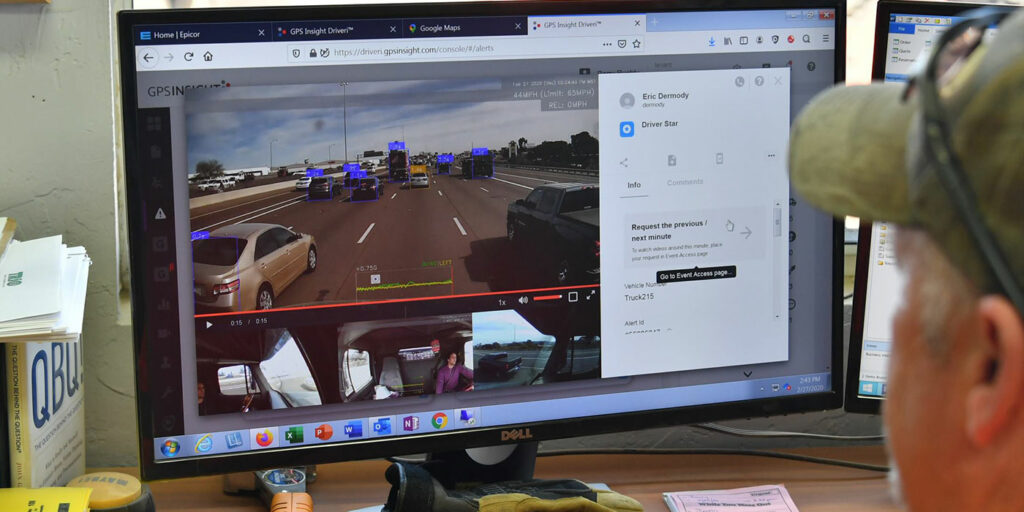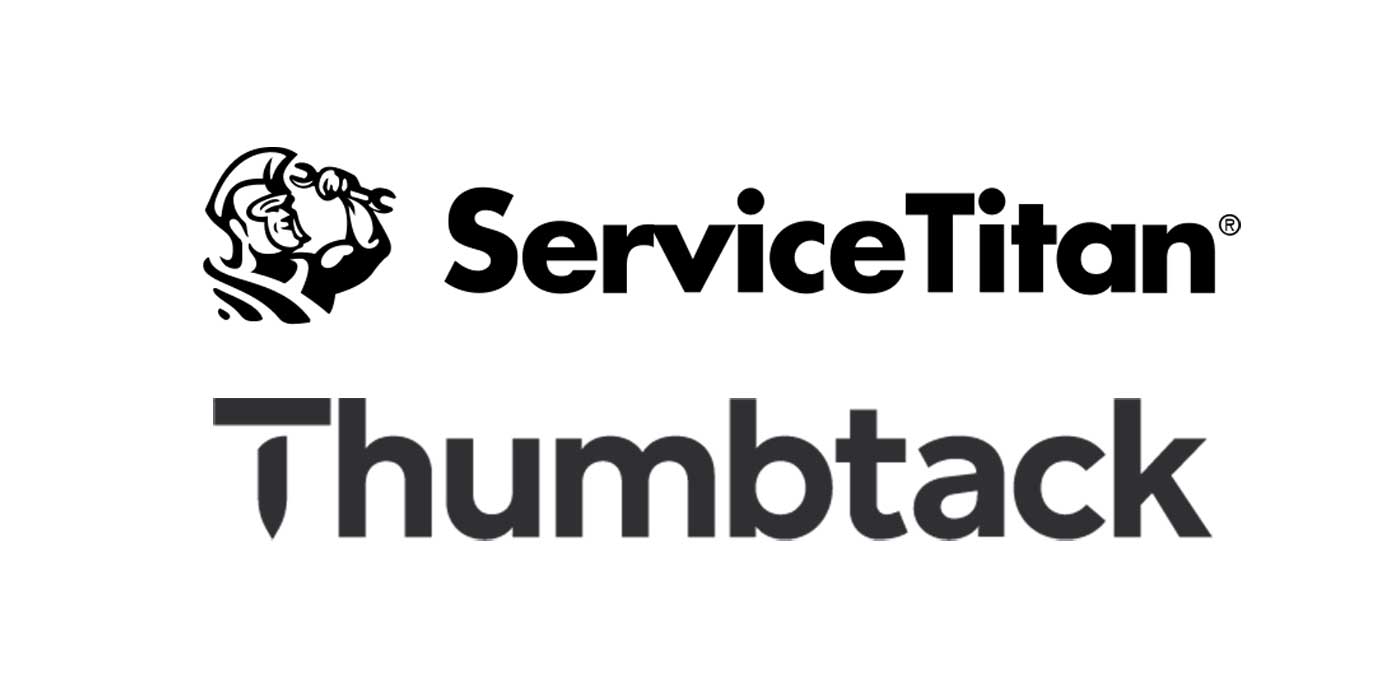Years of rising insurance premiums have pushed fleet operators to their limits, with many insurance carriers mitigating costs through dramatically increased deductibles and reduced coverage, according to the American Transportation Research Institute. Yet, a growing number of carriers are reining in insurance spending – without taking on excess liability – by leveraging advanced fleet safety programs.
Powered by artificial intelligence, global positioning systems and other technology, today’s safety platforms are helping organizations not only to reduce outlays for insurance premiums and settlements, but also to incur fewer citations, conserve fuel, reduce wear and tear on vehicles and, most importantly, experience fewer accidents.
The right tools can help drivers protect themselves and others from accidents. When an accident does occur, telematics and smart cameras can provide a record and valuable context of the event. Even when a fleet’s driver is at fault, a strong safety program demonstrates an organization’s commitment to safety and can aid in negotiating a settlement.
Follow these seven steps to create a fleet safety program or transform a mediocre system to be state of the art.
1. Evaluate your organization’s telematics
There is a reason that more than half of commercial vehicles in the United States use telematics devices. Data tracking is essential to identify challenges and give managers visibility into driver behaviors and vehicle operations. The more detailed the data collection, the clearer the picture and its applications to shape ongoing improvements and driver coaching.
Fleet technology has expanded past basic location tracking (although that remains an essential element) to now record or flag incidents of unsafe driving. A system can warn drivers when they exceed the posted speed limit, for example, and can be set to alert managers by text or email of speeding or other incidents. Smart dash cameras not only reveal unsafe driving but also help defend against false claims. The most advanced dashcams record multiple views, which can reveal reasons for hard braking or sudden lane changes, potentially proving that a driver was paying attention and acted to avoid an accident.
2. Identify your safety challenges
Telematics systems that integrate smart cameras reveal which drivers are following the rules and which are breaking them. Fleet managers can share this hard proof with individual drivers to identify each person’s opportunities to drive more safely, such as complying with a smartphone policy or paying special attention to traffic signals and posted speeds. After installing smart cameras, fleet managers often discover issues that had gone undetected, such as inconsistent seatbelt use.
3. Close telematics gaps
Is your technology collecting the necessary data to address all your safety needs? What about other telematics applications, such as informing operational adjustments to improve fuel efficiency or reduce wear and tear on vehicles and equipment? It may be a worthwhile investment to add forward- and driver-facing video capability, to begin tracking engine idling or to evaluate a driver’s route selection, which can affect fuel consumption and customer wait times as well as vehicle wear.
RELATED: The pros and cons of driver-facing cameras
4. Establish challenge-based goals
The transparency that telematics and video evidence bring to the table can help managers cut to the chase in confronting drivers about their unsafe practices. Rather than delivering a laundry list of safety mandates for all drivers, tailor goals to the individual’s problem areas. Driver A may need to focus on coming to a full stop at stop signs, while Driver B needs to stop speeding and learn to buckle-up behind the wheel. Set achievable goals and use your fleet safety technology to confirm progress.
5. Update your driver safety policy
A baseline of expected behavior helps drivers maintain safety by following the rules. A policy also lets the organization explain what data it collects and why, including how management will use data to reach its goals. Spell out training requirements, authorized uses, maintenance expectations and background check authorization. Require employees to acknowledge the policy. Explaining in the policy how telematics enables the company to enhance safety, save money, verify compliance, improve customer service or meet other objectives can increase employee buy-in.
6. Benchmark the fleet
Take some time to document how each driver typically performs before launching into an improvement campaign. This is also a good time to benchmark vehicles and equipment for later comparisons of fuel consumption, wear and other metrics.
7. Coach for long-term improvement
The technology is in place, safety challenges identified, and drivers know and understand which behaviors need improvement. The final step is to check in regularly and review their performance, marking progress against earlier benchmarks.
Some organizations hold up their best-performing drivers as examples to others, awarding gift cards or other recognition on a regular basis as an incentive for consistent, safe driving. A sense of friendly competition can help employees view cameras and telematic devices as tools to meet shared goals, protect drivers from false claims, and verify the quality of their driving. With the right telematics partner, a fleet safety program can be the answer carriers seek in the quest to counter rising insurance costs. By following the seven steps and leveraging today’s advanced technologies, fleet operators will reduce accidents and make the roads safer, while at the same time reduce risk and qualify for lower premiums.
Ryan Driscoll is the vice president of marketing at GPS Insight.













